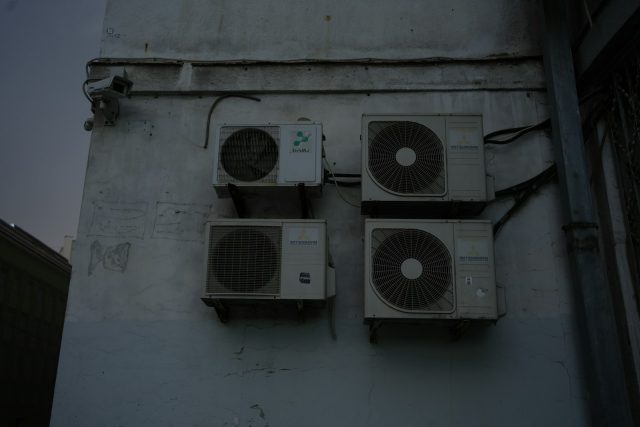
Ductless heating and cooling systems, known as mini-splits, are gaining popularity as an energy-efficient alternative to traditional HVAC setups. These systems provide targeted temperature control and year-round comfort, transforming our thoughts about heating and cooling living spaces.
Why Choose Ductless Over Traditional HVAC?
Many homeowners today are re-examining how their homes stay comfortable through sweltering summers and icy winters. What’s fueling interest in ductless ac Staten Island and similar systems isn’t just the quest for better temperature control—it’s the desire to be smart about efficiency, cost, and versatility. Ductless heating and cooling systems, often referred to as mini-splits, don’t require expensive ductwork installation or renovation. In homes where space is tight or preserving historical features matters, they offer a strategic solution, sidestepping the disruption and cost that can come with retrofitting traditional central HVAC.
Central HVAC systems are limited in older homes due to ductwork installation challenges. Duct loss contributes to inefficiency, with up to 30% of energy used in traditional systems leaking out through poorly insulated or sealed ductwork. Ductless systems eliminate this waste, sending heated or cooled air directly where needed, reducing energy bills and providing relief in an era of rising utility costs.
How Ductless Systems Operate
Ductless mini-split systems combine an outdoor compressor/condenser with indoor air handling units through a thin conduit. This system minimizes the physical footprint of the HVAC system in the home, as no bulky ducts take up valuable space. Installation requires only a three-inch hole in the wall, making it less invasive and faster than conventional ducted systems. Indoor units can be mounted high on walls, suspended from ceilings, or floor-mounted, offering flexibility for interior design. Each unit can be controlled independently with a remote or wall-mounted controller, improving day-to-day comfort.
Installation Benefits and Flexibility
Ductless systems are popular due to their simple installation process, making them ideal for problematic rooms like sunrooms, basement apartments, attics, garages, and spaces with poor airflow. Installation can be completed daily, transforming underused spaces into comfortable zones. Ductless units improve indoor air quality by not connecting with old, dirty, or inefficient ducts, trapping dust, allergens, and other particulates before they reach the occupied room. This benefits households with allergies or asthma, as controlling airborne triggers is crucial. Ductless systems require minimal construction and disruption, can fit unconventional spaces, minimize dust and allergen buildup, and preserve historical details in older homes.
Energy Savings and Environmental Impact
Household energy use for heating and cooling is a major contributor to home-related carbon emissions, with almost half of U.S. homes devoted to interior comfort. Ductless systems offer energy savings by avoiding inefficiencies in duct distribution and using inverter-driven compressors. These systems modulate power to match demand, ensuring comfort without hot or cold swings. Many utilities offer rebates and incentives for ductless mini-split installations, reducing upfront costs and contributing to energy conservation during peak demand seasons. Over time, ductless systems can significantly reduce greenhouse gas emissions and align with eco-conscious consumers’ values.
Room Zoning and Custom Comfort
Ductless technology offers superior zoning capability, allowing homeowners to control each wall-mounted unit independently. This allows each space to have its own climate, allowing for more personalized comfort. Ductless systems also reduce energy waste by only conditioning the rooms that are in use, reducing wasted energy. This adaptability changes how people experience comfort at home, accommodating busy, modern lifestyles. For example, parents can set a cooler temperature in the nursery while keeping their own bedroom cozier, or teens can manage their room’s climate while studying or sleeping.
Maintenance Tips for Long-Lasting Performance
Ductless systems are easy to maintain, with the most crucial step being cleaning or replacing filters every four to eight weeks. This simple task doesn’t require special tools or expertise and helps maintain healthy indoor air. To prevent obstructions, trim bushes and avoid placing heavy curtains in front of indoor air handlers. Regular professional checkups are recommended for inspecting refrigerant levels, electrical connections, and cleaning interior components. Ductless systems operate reliably and quietly for years, often outlasting traditional systems with fewer breakdowns or costly repairs.








